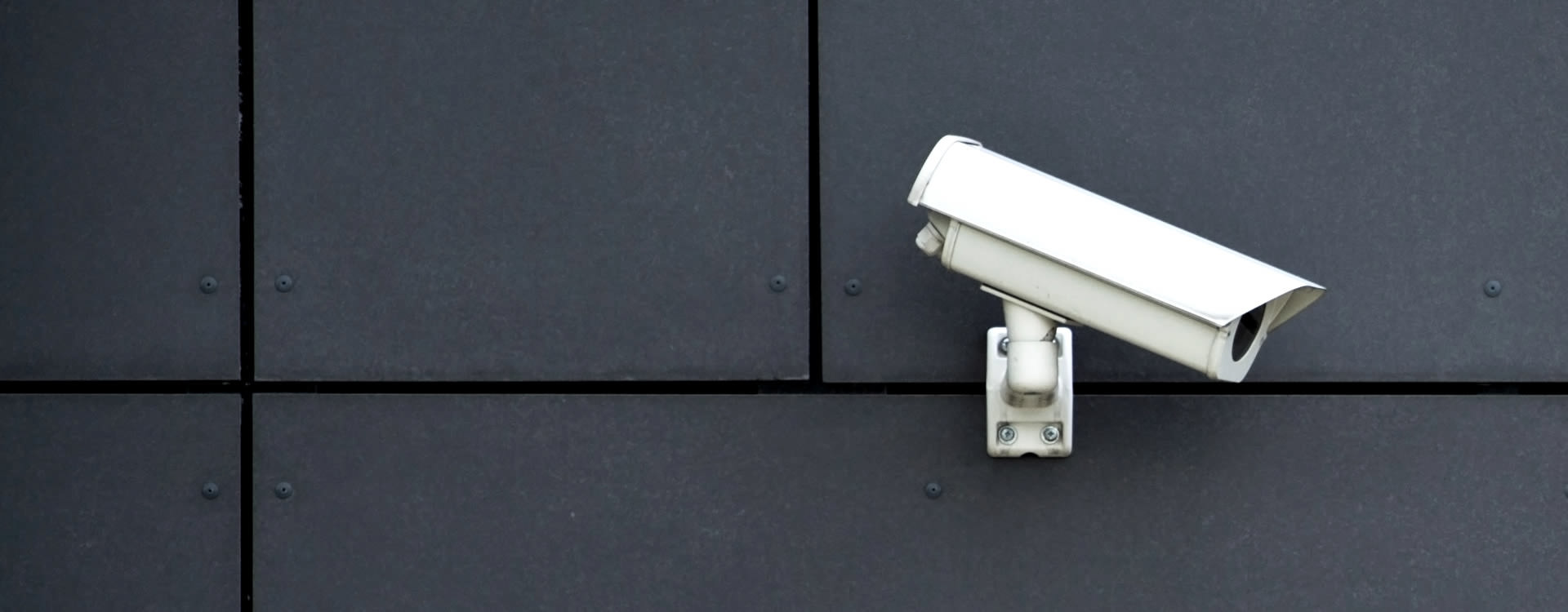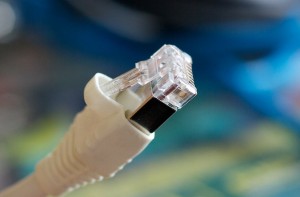 What is access control? In the simplest of terms it can be explained as a means to allow or deny entry to or exit from a designated space. Think of the kinds you likely use on a daily basis, a key to lock or unlock your front door or an electronic gate that lets you into the parking garage at work. But what does it mean, what are the options when it comes to business integration and security systems, and why might your facility need it? As licensed security systems providers our team at Perfect Connections, Inc. has been providing comprehensive security solutions to businesses throughout northern and central New Jersey for the past 23 years. We have extensive knowledge and experience in creating comprehensive security systems that often include some form of access control.
What is access control? In the simplest of terms it can be explained as a means to allow or deny entry to or exit from a designated space. Think of the kinds you likely use on a daily basis, a key to lock or unlock your front door or an electronic gate that lets you into the parking garage at work. But what does it mean, what are the options when it comes to business integration and security systems, and why might your facility need it? As licensed security systems providers our team at Perfect Connections, Inc. has been providing comprehensive security solutions to businesses throughout northern and central New Jersey for the past 23 years. We have extensive knowledge and experience in creating comprehensive security systems that often include some form of access control.
Before looking at the different types of access control available it is important to understand why it may be necessary in the first place. In most cases access control is used as a layer of protection. What warrants this added layer of protection is subjective. It could be company assets, valuable materials, sensitive or confidential information, medication (assisted living or healthcare facilities), staff and employees, or any combination of these items. Regardless of what needs protection, the point is it warrants reinforcement.
The most simplistic and ubiquitous form of access control is a door lock and key. While this system is effective at creating a temporary barrier, it is not sophisticated enough to prevent a break-in on its own. Consider how easy it is to lose a key or duplicate one for that matter. An experienced burglar or criminal could easily pick a standard lock. This is why many companies turn to more advanced technologies typically provided in conjunction with a comprehensive security system.
An access control system (ACS) consists of the user being issued a “credential” which is then used on an electronic reader typically at the point of entry or in close proximity. A credential can consist of any predetermined physical item like a plastic ID card or token that is embedded with the appropriate access information. When it is swiped, tapped, or within range of the electronic reader, access or exit will be permitted. According to SecurityMagazine.com, “A credential is presented to an electronic reader that gathers information stored on the credential and compares it to preset parameters and information stored in the ACS computer.”
A fairly common form of access control is using a keypad and PIN number or code. When used individually this type of technology is not always effective. PINs can be easily stolen by an onlooker observing you entering it. Wear and tear on the same digits on the keypad can also be a dead give-away to someone looking to gain entry. When used in combination with other access control methods a keypad can become more effective as an added layer of security.
One of the most secure and pervasive electronic technologies being implemented in the access control industry today is proximity technology. How does it work? Basically a plastic card or token (fob) is embedded with an electronic chip and antenna. The internal chip is coded and when presented within range of the electronic reader the code is transmitted. If the code is recognized and verified by the reader access will be granted. The obvious downfall of this type of system is if you were to lose your card/token or if it were stolen.
Looking toward the future a less popular form of access control is sitting on the back-burner. Biometrics. According to Steven Hausman biometrics involves, “analyzing physiological and/or behavioral characteristics of the body, both classes of which would be presumably unique to an individual, and thus more reliable than traditional methods of verifying identity.” This could be anything from fingerprint to vocal recognition. This technology isn’t as widely used as some of the more traditional forms of access control because of its cost and reliability issues. Although it may be difficult to replicate physical traits, it can be done. The television show “Mythbusters” proved that fingerprints can be replicated using latex and ballistics gel. While this technology may have some kinks to work out, it’s something to keep an eye on in the future.
There are many viable options when it comes to access control integration. When combined with a comprehensive security system access control technologies become more effective at deterring crime. A comprehensive system includes not only access control but video surveillance, fire alarms, burglar alarms, and alarm monitoring. Our team at Perfect Connections, Inc. has been providing access control and security system solutions to businesses throughout northern and central New Jersey since 1992. We understand you have many concerns when it comes to the security of your business, and we are here to help guide you through the process from an initial assessment to final installation.
If you live or run a business in Central or Northern New Jersey and would like information on any of the topics discussed above, please call 800-369-3962 or simply CLICK HERE.
Image Credit: Image by Steven Depolo-Flickr-Creative Commons








 Our world is constantly changing and evolving. Progression is an inevitable force that influences the way we live our daily lives. This is especially true of advancements made in the techy devices we interact with on a daily basis. Everything from our smartphones to our security systems. It’s the manner in how we interact with all of these devices that is driving innovation and product design. The internet and networking of devices is creating a connected environment that offers ultimate convenience and changes how we perceive the potential of security systems.
Our world is constantly changing and evolving. Progression is an inevitable force that influences the way we live our daily lives. This is especially true of advancements made in the techy devices we interact with on a daily basis. Everything from our smartphones to our security systems. It’s the manner in how we interact with all of these devices that is driving innovation and product design. The internet and networking of devices is creating a connected environment that offers ultimate convenience and changes how we perceive the potential of security systems.